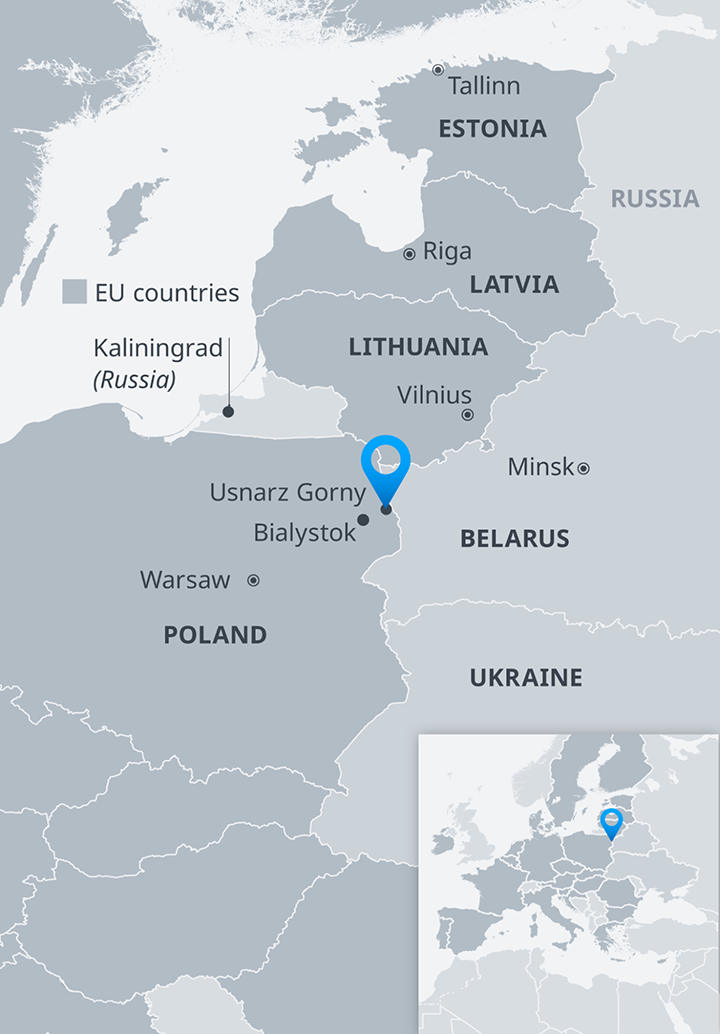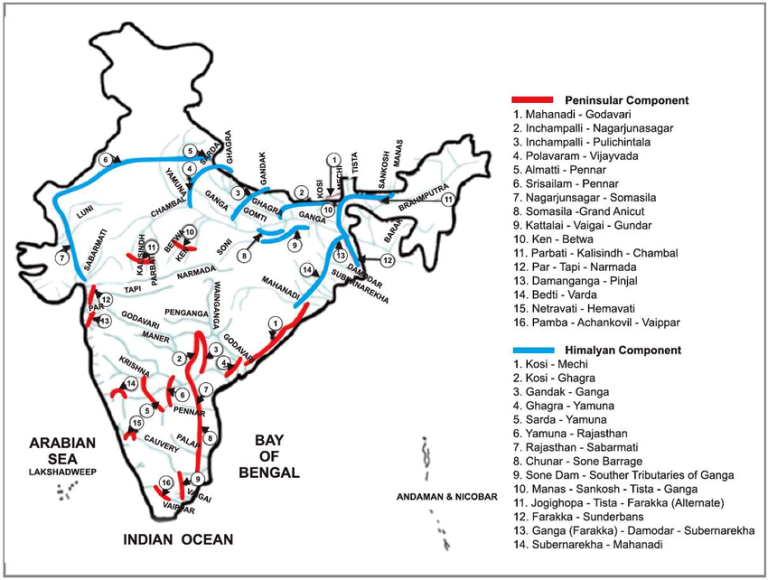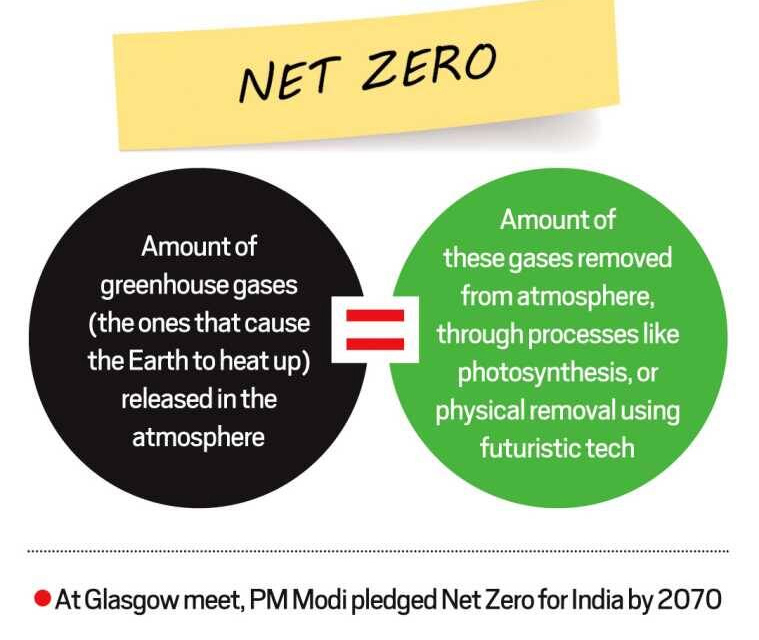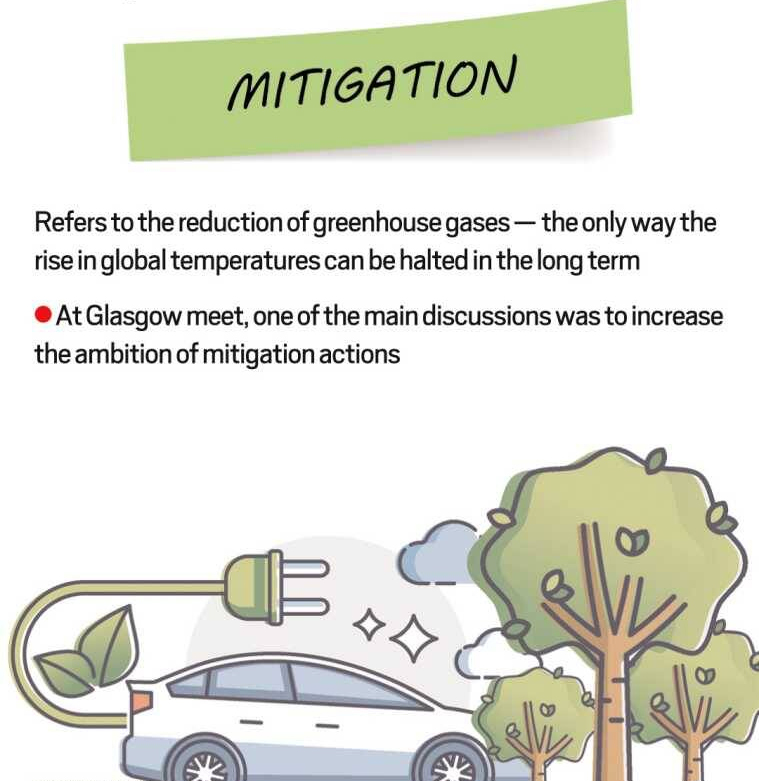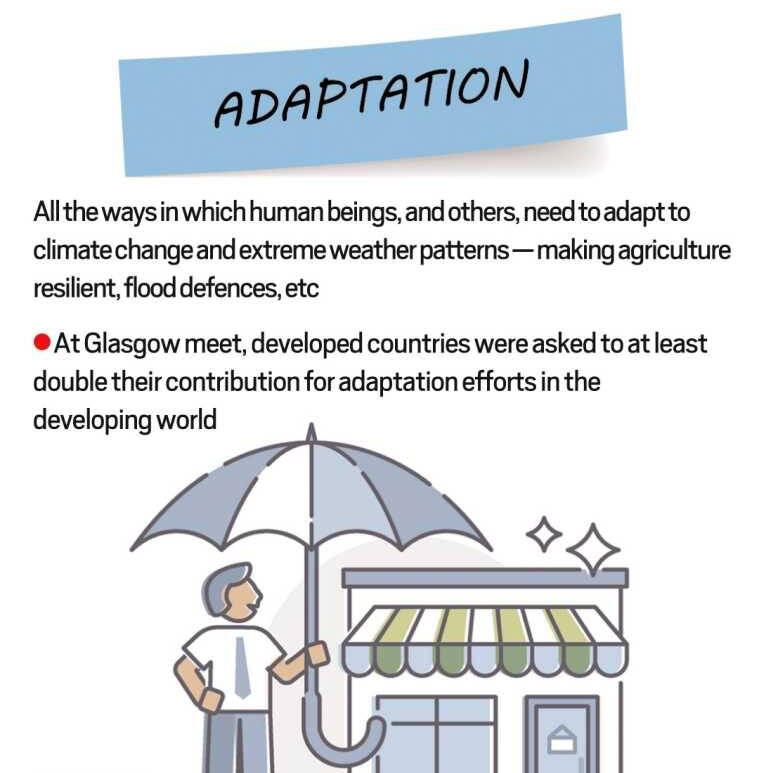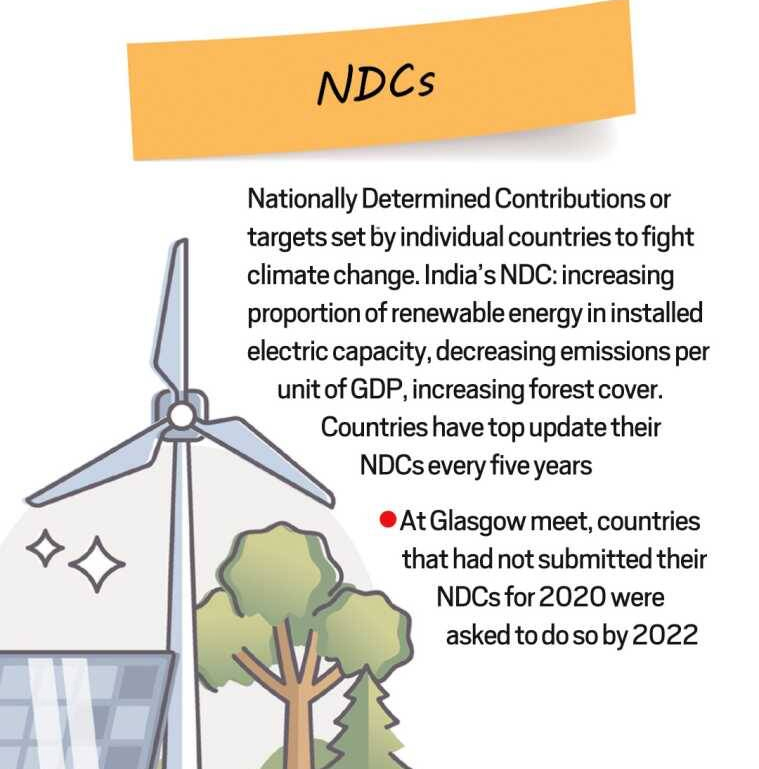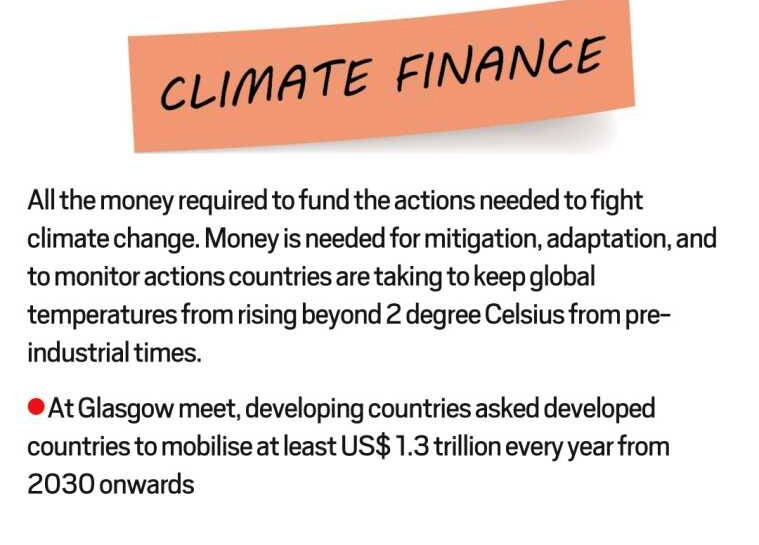Belarus-Poland Border Crisis
Why in News
Recently, Belarusian and Russian paratroopers staged joint drills near the Polish and Lithuanian borders.
- It is taking place during a standoff between Belarus and the European Union (EU) over migrants camped in freezing forests at the frontier.
Key Points
- Background:
- In Belarus there were months of protests following the August 2020 election that gave authoritarian President Alexander Lukashenko a sixth term in office.
- The opposition and the West rejected the result as a sham.
- Belarusian authorities responded to the demonstrations with a fierce crackdown that saw more than 35,000 people arrested and thousands beaten by police.
- The EU and the US reacted by imposing sanctions on the Belarus government.
- In May 2021 Belarus forcely diverted a passenger jet and scrambled a warplane to arrest an opposition journalist in an act denounced by Western powers as “state piracy” (an act of piracy where the state is involved). After which the sanctions were further strengthened.
- The Belarus government reacted by saying he would no longer abide by an agreement to stem illegal migration, arguing that the EU sanctions deprived his government of funds needed to contain flows of migrants.
- And it would stop trying to prevent undocumented migrants and refugees from reaching the EU.
- The Belarusian opposition has urged the EU to take even tougher measures, including a trade embargo and a ban on transit of cargo via Belarus.
- However the Belarus government has threatened to cut off Russian gas supplies to Europe through pipelines over Belarus. But Russia appeared to distance itself from that threat.
- In Belarus there were months of protests following the August 2020 election that gave authoritarian President Alexander Lukashenko a sixth term in office.
- Current Crisis:
- Thousands of people arriving from the Middle East are camping at the border with Poland, enduring freezing conditions, the migrants also include women and children.
- Poland is a member of the EU.
- The government in Poland is not even allowing aid organizations access to provide them with supplies. This violates international conventions (United Nations Refugee Convention 1951).
- Poland is ruled by the right-wing populist Law and Justice party (PiS), which is hostile to immigrants.
- Thousands of people arriving from the Middle East are camping at the border with Poland, enduring freezing conditions, the migrants also include women and children.
- Russia’s Support:
- Belarus has received strong support from its main ally, Russia, which has helped buttress Lukashenko’s government with loans and political support.
- Russia said the migrant flows resulted from the US-led wars in Iraq and Afghanistan and Western-backed Arab Spring uprisings in the Middle East and North Africa.
- In a response to Poland’s troop build-up along its border with Belarus, Russia dispatched two strategic, long-range Tu-22M3 bombers to patrol the border region.
- Russia has also squarely blamed the EU for the migrant crisis, arguing that it was the EU's refusal to accept asylum-seekers that is creating the crisis.
- EU’s Stand:
- The EU has made a strong show of solidarity with Poland, Lithuania and Latvia. EU officials are expected to discuss another round of sanctions against Belarus.
- The EU has accused Belarus of mounting a “hybrid attack” on the bloc by flying in thousands of migrants, mainly from West Asia, and pushing them to try to cross illegally into Poland.
- Neighbours of Belarus have expressed concern that the crisis could escalate into a military confrontation.
- However, Belarus also denies encouraging the flow of migrants and said the EU is violating migrants’ rights by denying them safe passage.
- Global Reaction:
- Western members of the United Nation Security Council have condemned Belarus for the escalating crisis over migrants stranded on its border with Poland.
- The UN Refugee Agency, and the International Organization for Migration (IOM) are calling for an urgent resolution of the situation and immediate and unhindered access to the EU to ensure that humanitarian assistance is provided.
Way Forward
- With the EU set to impose further sanctions on Belarus, Poland determined to keep the migrants out, Belarus unwilling to take measures to aid the migrants camping out in the forests without food or water, and winter closing in, the fate of thousands of migrants remains dire.
- The EU, for its part, should stop its blind declarations of solidarity with Poland and put pressure on the government to work immediately on a humane solution for the people on the border, perhaps with the help of international organizations.
National Interlinking of Rivers Authority
Why in News
The Centre Government is contemplating creation of the National Interlinking of Rivers Authority (NIRA).
- NIRA is supposed to be an independent autonomous body for planning, investigation, financing and the implementation of the river interlinking projects in the country.
Key Points
- NIRA will function as an umbrella body for all river linking projects and to be headed by a Government of India Secretary-rank officer.
- It will replace the existing National Water Development Agency (NWDA).
- It will coordinate with neighbouring countries and concerned states and departments and will also have powers on issues related to environment, wildlife and forest clearances under river linking projects and their legal aspects.
- NIRA will have the power to raise funds and act as a repository of borrowed funds or money received on deposit or loan given on interest.
- It will also have the power to set up a Special Purpose Vehicle (SPV) for individual link projects.
Inter-Linking of Rivers Programme
- Origin of Idea: The idea was first mooted during the British Raj when Sir Arthur Cotton, a British general and irrigation engineer suggested linking the Ganga and the Cauvery for navigational purposes.
- Aim: The InterLinking of Rivers programme (ILR) programme is aimed at linking different surplus rivers of the country with deficient rivers so that the excess water from surplus regions could be diverted to deficient regions.
- Need for Such Projects:
- Reducing Regional Imbalance: India depends on monsoon rains that are erratic as well as regionally imbalanced. Interlinking of rivers will reduce the amount of surplus rain and river water which flows into the sea.
- Irrigation for Agriculture: Interlinking can provide a solution to the rain-fed irrigation problems of Indian agriculture through the transfer of surplus water to deficit regions.
- Reducing Water Distress: This can help in mitigating the effect of drought and floods to a certain extent.
- Other Benefits: Hydropower generation, Round the year navigation, Employment generation, Ecological benefits as dried up forests and lands will be replenished.
- Associated Challenges:
- Environmental Costs: The project threatens to obstruct the natural ecology of rivers.
- The proposed dams could threaten the forests of the Himalayas and impact the functioning of the monsoon system.
- Climate Change: In interlinking systems, it is assumed that the donor basin has surplus water that can be made available to the recipient basin.
- The whole concept goes for a toss if this basic assumption goes haywire for any system due to climate change.
- Economic Costs: It is estimated that river interlinking will be a huge fiscal burden on the Government.
- Socio-Economic Impact: It is estimated that the network of canals extending to about 15000 km would displace about 5.5 million people, mostly tribals and farmers.
- Environmental Costs: The project threatens to obstruct the natural ecology of rivers.
National Perspective Plan for Interlinking of Rivers
Way Forward
- Interlinking of rivers has its pros and cons, but given the economic, political, and environmental implications, it may not be a wise decision to carry out this project at a centralized national level.
- Instead, interlinking of rivers may be pursued in a decentralized manner, and more sustainable ways like rainwater harvesting should be promoted to mitigate floods and droughts. For example: Ken-Betwa Rivers linking.
RBI Integrated Ombudsman Scheme
Why in News
Recently, the Prime Minister has launched the integrated ombudsman scheme.
- In 2019 the Reserve Bank of India (RBI) had launched the Complaint Management System (CMS) in order to improve the customer experience in the grievance redressal process of banking services.
- The PM has also launched the RBI’s Retail Direct Scheme.
Ombudsman
- A government official who deals with complaints made by ordinary people against public organizations. This concept of Ombudsman arrived from Sweden.
- It means an officer appointed by the Legislature to handle complaints against a service or administrative authority.
- In India an Ombudsman is appointed to resolve grievances in the following sectors.
- Insurance Ombudsman
- Income Tax Ombudsman
- Banking Ombudsman
Key Points
- About:
- It amalgamates three ombudsman schemes of RBI - banking ombudsman scheme of 2006, ombudsman scheme for NBFCs of 2018 and ombudsman scheme of digital transactions of 2019.
- The unified ombudsman scheme will provide redress of customer complaints involving deficiency in services rendered by RBI regulated entities viz. banks, NBFCs (Non banking Financial Companies) and pre-paid instrument players if the grievance is not resolved to the satisfaction of the customers or not replied within a period of 30 days by the regulated entity.
- It also includes non-scheduled primary co-operative banks with a deposit size of Rs 50 crore and above. The integrated scheme makes it a “One Nation One Ombudsman’ approach and jurisdiction neutral.
- Need:
- The first ombudsman scheme was rolled out in the 1990s. The system was always viewed as an issue by consumers.
- One of the primary concerns was the lack of maintainable grounds on which the consumer could challenge the actions of a regulated entity at the ombudsman or a rejection of the complaint on technical grounds, resulting in a preference for the consumer court notwithstanding the extended timelines for redressal.
- The move to integrate the systems (banking, NBFC, and digital payments) and expand the grounds for complaints is expected to see a positive response from consumers.
- Features:
- The Scheme defines ‘deficiency in service’ as the ground for filing a complaint, with a specified list of exclusions.
- Therefore, the complaints would no longer be rejected simply on account of “not covered under the grounds listed in the scheme”.
- The scheme is jurisdiction neutral and a centralised receipt and processing centre has been set-up in Chandigarh for initial handling of complaints in any language.
- RBI had created a provision for the use of Artificial Intelligence tools so that banks and investigating agencies could coordinate in a better way in the fastest time possible.
- The bank customers will be able to file complaints, submit documents, track status, and give feedback through a single email address.
- There will also be a multilingual toll-free number that will provide all relevant information on grievance redress.
- The regulated entity will not have any right to appeal in cases where an award is issued by the ombudsman against it for not furnishing satisfactory and timely information.
- The Scheme defines ‘deficiency in service’ as the ground for filing a complaint, with a specified list of exclusions.
- Appellate Authority:
- RBI’s Executive Director-in charge of Consumer Education and Protection Department would be the Appellate Authority under the integrated scheme.
- Significance:
- This will help in improving the grievance redress mechanism for resolving customer complaints against RBI's regulated entities.
- It is expected to ensure uniformity and streamlined user-friendly mechanisms which will add value to the scheme and bring customer delight and financial inclusion.
- 44 crore loan account holders and 220 crore deposit account holders would directly benefit from the single ombudsman, they would now be able to lodge a complaint and track their complaints on the same platform.
National Achievement Survey 2021
Why in News
Recently, the Union Government has conducted the National Achievement Survey (NAS) across India, assessing about 38 lakh students from 1.23 lakh schools in 733 districts in 36 States and Union Territories.
- The survey was last conducted in 2017 and was scheduled to take place in 2020. However, due to the Covid situation, it was postponed until this year (2021).
Key Points
- About:
- It is a nationwide survey to assess the learning outcomes and health of the education system.
- It is the largest, nationwide, sample-based education survey conducted across India.
- It is undertaken by the Ministry of Education.
- The Central Board of Secondary Education (CBSE) conducted NAS 2021.
- The National Council of Educational Research and Training (NCERT) designed an assessment framework and tools for NAS-2021.
- It provides a system-level reflection on the effectiveness of school education.
- It collects information on relevant background variables such as school environment, teaching processes, and student home and background factors.
- It covers the whole spectrum of schools including Government schools (both State and Central government), Government-aided schools, and Private schools across India.
- It is a nationwide survey to assess the learning outcomes and health of the education system.
- Medium and Grades:
- The NAS 2021 was conducted in 22 mediums of instruction that covered English, Assamese, Bengali, Gujarati, Kannada, Hindi, Malayalam, Marathi, Manipuri, Mizo, Punjabi, Odia, Telugu, Tamil, Bodo, Urdu, Garo, Konkani, Khasi, Bhutia, Nepali, and Lepcha.
- It was conducted in different subjects for different grades. The subject and grades wise break up is below:
- Grade 3 and 5: Language, EVS, and Mathematics
- Grade 8: Language, Science, Mathematics, and Social Science
- Grade 10: Language, Science, Mathematics, Social Science, and English
- Objective:
- To provide structured feedback on student learning levels at District, State, and national levels. These inputs are used for policy planning and designing pedagogical interventions to improve quality and ensure equity in learning.
- Significance:
- It will help in assessing the learning interruptions and new learnings during the Covid-19 pandemic which will in turn help to take remedial measures.
- The findings of NAS 2021 will help in diagnosing a systematic understanding of the consequences that prolonged closure of schools has had on the learning of students in terms of their socio-emotional and cognitive development.
- It will help at resolving the learning gaps of students and devising education policies, learning, and teaching practices.
- Through its diagnostic report cards, NAS findings help in capacity building for teachers, officials involved in the delivery of education.
Education in India
- Constitutional Provisions:
- Part IV of Indian Constitution, Article 45 and Article 39 (f) of Directive Principles of State Policy (DPSP), has a provision for state-funded as well as equitable and accessible education.
- The 42nd Amendment to the Constitution in 1976 moved education from the State to the Concurrent List.
- The 86th Amendment in 2002 made education an enforceable right under Article 21-A.
- Related Laws:
- Right To Education (RTE) Act, 2009 aims to provide primary education to all children aged 6 to 14 years and enforces education as a Fundamental Right.
- It also mandates 25% reservation for disadvantaged sections of the society.
- Right To Education (RTE) Act, 2009 aims to provide primary education to all children aged 6 to 14 years and enforces education as a Fundamental Right.
- Government Initiatives:
Tenures of CBI & ED Directors Extended
Why in News
Recently, the President promulgated two ordinances that would allow the Centre to extend the tenures of the directors of the Central Bureau of Investigation and the Enforcement Directorate from two years to up to five years.
- The Delhi Special Police Establishment (DSPE) Act,1946 and the Central Vigilance Commission (CVC) Act, 2003 have been amended to give the government the power to keep the two chiefs in their posts for one year after they have completed their two-year terms.
- The chiefs of the Central agencies currently have a fixed two-year tenure, but can now be given three annual extensions.
Key Points
- Amendments in DSPE Act:
- Provided that the period for which the Director holds the office on his initial appointment may, in public interest, on the recommendation of the Committee (the committee led by the Prime Minister and leader of Opposition and CJI as members) and for the reasons to be recorded in writing, be extended up to one year at a time.
- Provided further that no such extension shall be granted after the completion of a period of five years in total including the period mentioned in the initial appointment.
- Provided that the period for which the Director holds the office on his initial appointment may, in public interest, on the recommendation of the Committee (the committee led by the Prime Minister and leader of Opposition and CJI as members) and for the reasons to be recorded in writing, be extended up to one year at a time.
- Amendments in CVC Act:
- Provided that the period for which the Director of Enforcement holds the office on his initial appointment may, in public interest, on the recommendation of the Committee (comprising of CVC chief, Revenue and Home Secretaries among others) and for the reasons to be recorded in writing, be extended up to one year at a time.
- Provided further that no such extension shall be granted after the completion of a period of five years in total including the period mentioned in the initial appointment.
- Provided that the period for which the Director of Enforcement holds the office on his initial appointment may, in public interest, on the recommendation of the Committee (comprising of CVC chief, Revenue and Home Secretaries among others) and for the reasons to be recorded in writing, be extended up to one year at a time.
Central Bureau of Investigation
- The CBI was set up in 1963 by a resolution of the Ministry of Home Affairs.
- Now, the CBI comes under the administrative control of the Department of Personnel and Training (DoPT) of the Ministry of Personnel, Public Grievances and Pensions.
- The establishment of the CBI was recommended by the Santhanam Committee on Prevention of Corruption (1962–1964).
- The CBI is not a statutory body. It derives its powers from the DSPE Act, 1946.
- The CBI is the main investigating agency of the Central Government.
- It also provides assistance to the Central Vigilance Commission and Lokpal.
- It is also the nodal police agency in India which coordinates investigations on behalf of Interpol Member countries.
- The CBI is headed by a Director.
- The CBI has jurisdiction to investigate offences pertaining to 69 Central laws, 18 State Acts and 231 offences in the IPC.
Enforcement Directorate
- Directorate of Enforcement is a specialized financial investigation agency under the Department of Revenue, Ministry of Finance.
- On 1st May 1956, an ‘Enforcement Unit’ was formed, in the Department of Economic Affairs, for handling Exchange Control Laws violations under Foreign Exchange Regulation Act, 1947.
- In the year 1957, this Unit was renamed as ‘Enforcement Directorate’.
- ED enforces the following laws:
Important Terms at COP 26
Why in News
Recently, five terms came up frequently at the 26th session of the Conference of Parties to the United Nation Framework Convention on Climate Change, or COP26.
Important Terms
Kamo’oalewa
Why in News
Recently, scientists have observed a quasi-satellite named Kamo`oalewa, tracking the Earth’s orbit around the Sun, could be a fragment from the moon.
- A mission to collect Kamo’oalewa’s samples has been scheduled for a launch in 2025.
Key Points
- Kamo’oalewa:
- Discovered in 2016 (through the PanSTARRS telescope in Hawaii), Kamo’oalewa is a word that is part of a Hawaiian chant, and alludes to an offspring that travels on its own.
- It is one of Earth’s quasi-satellites, a space rock that orbits the Sun, but remains relatively close to the planet – in this case about 9 million miles away.
- The asteroid is roughly the size of a Ferris wheel – between 150 and 190 feet in diameter.
- Because of its small size (about 50 metres wide), this quasi-satellite has been difficult for scientists to study, and little was known about it so far.
- Findings-Three Possibilities:
- Part of Earth Moon:
- It could have broken away from the Moon due to a possible impact, and gone on to orbit the Sun rather than the Earth-like its parent does.
- Spectrum of reflected light from Kamo’oalewa closely matched lunar rocks from Nasa’s Apollo missions, suggesting it originated from the moon.
- It is in an unusual orbit, one that would be unlikely for objects that had drifted towards Earth from the asteroid belt between Mars and Jupiter.
- The team are unsure how the piece of moon came to be adrift in space, in part, because there are no other known asteroids with lunar origins. However, they narrowed down the timeframe for the violent event to have occurred between 1,00,000 and 500 years ago.
- Near Earth Objects:
- Captured in its Earth-like orbit from the general population of Near Earth Objects.
- Earth’s Trojan Asteroids:
- It originated from an as-yet-undiscovered quasi-stable population of Earth’s Trojan asteroids (Trojans are a group of asteroids that share an orbit with a larger planet).
- Part of Earth Moon:
Near-Earth Objects (NEOs)
- NEOs are comets and asteroids pushed by the gravitational attraction of nearby planets into orbits which allow them to enter the Earth’s neighbourhood.
- These objects are composed mostly of water ice with embedded dust particles.
- NEOs occasionally approach close to the Earth as they orbit the Sun.
- NASA’s Center for Near-Earth Object Study (CNEOS) determines the times and distances of these objects, when their approach to the Earth is close, through the Asteroid Watch Widget.
Norovirus
Why in News
Recently, a highly contagious virus named Norovirus has been detected in Kerala.
Key Points
- About:
- It is a group of viruses that leads to gastrointestinal illness.
- It causes inflammation of the lining of the stomach and intestines, in addition to severe vomiting and diarrhoea.
- Norovirus is resistant to many disinfectants and can heat up to 60°C. Therefore, merely steaming food or chlorinating water does not kill the virus. The virus can also survive many common hand sanitisers.
- Transmission:
- A person can be infected with different varieties of norovirus several times in their lives, but developing immunity to one type doesn't provide protection against other varieties.
- The virus can be transferred from an infected to a healthy individual through contaminated surfaces or food.
- The virus can primarily be transmitted from oral-faecal.
- Disease outbreaks typically occur aboard cruise ships, in nursing homes, dormitories, and other closed spaces.
- Vulnerable Group:
- The virus can affect people across all age groups but is known to cause serious symptoms in children, the elderly and people with comorbidities.
- Symptoms:
- Diarrhoea, Vomiting, Stomach ache, Gastrointestinal problems etc are the symptoms.
- Treatment:
- While there is no specific treatment available to cure the virus, generic medications for diarrhoea and vomiting can help cure the disease.
- Status:
- There are 685 million cases annually, of which 200 million are detected among children younger than five years.
- Nearly 50,000 children die every year due to diarrhoea caused by the virus.
Kaiser-i-Hind Butterfly
Why in News
Recently, Arunachal Pradesh has approved the large, brightly coloured Kaiser-i-Hind as the State butterfly.
- Kaiser-i-Hind literally means Emperor of India.
Key Points
- Scientific Name: Teinopalpus imperialis
- Habitat:
- It is one of the very rare and elusive swallowtail butterflies which are found at medium and higher elevations.
- Swallowtail butterfly is any of a group of butterflies in the family Papilionidae (order Lepidoptera).
- It flies high in the canopy of broad leaved temperate evergreen forests.
- The temperate evergreen forests are found in the Eastern and Western Himalayas.
- This butterfly with a 90-120 mm wingspan is found in (West Bengal, Meghalaya, Assam, Sikkim and Manipur) along the Eastern Himalayas.
- Its presence indicates the existence of a good forest ecosystem and protection.
- The butterfly also flutters in Nepal, Bhutan, Myanmar, Laos, Vietnam and southern China.
- It is one of the very rare and elusive swallowtail butterflies which are found at medium and higher elevations.
- Protection Status:
- IUCN: Near Threatened
- CITES: Appendix II
- Wildlife (Protection) Act, 1972: Schedule II
Butterfly
- About:
- Butterflies are insects from the order Lepidoptera of phylum Arthropoda which also includes moths.
- Adult butterflies have large, often brightly coloured wings, and conspicuous, fluttering flight.
- Recently, a Himalayan butterfly known as Golden Birdwing (Troides aeacus) has been discovered as India’s largest butterfly after 88 years.
- Significance:
- Rich Biodiversity: Abundance of butterflies in any area represents the rich biodiversity.
- Indicator Species: The butterfly acts as an indicator species.
- An indicator species provides information on the overall condition of the ecosystem and of other species in that ecosystem. They reflect the quality and changes in environmental conditions as well as aspects of community composition.
- Pollinator: It acts as a pollinator by helping in pollination and conserving several species of plants.

